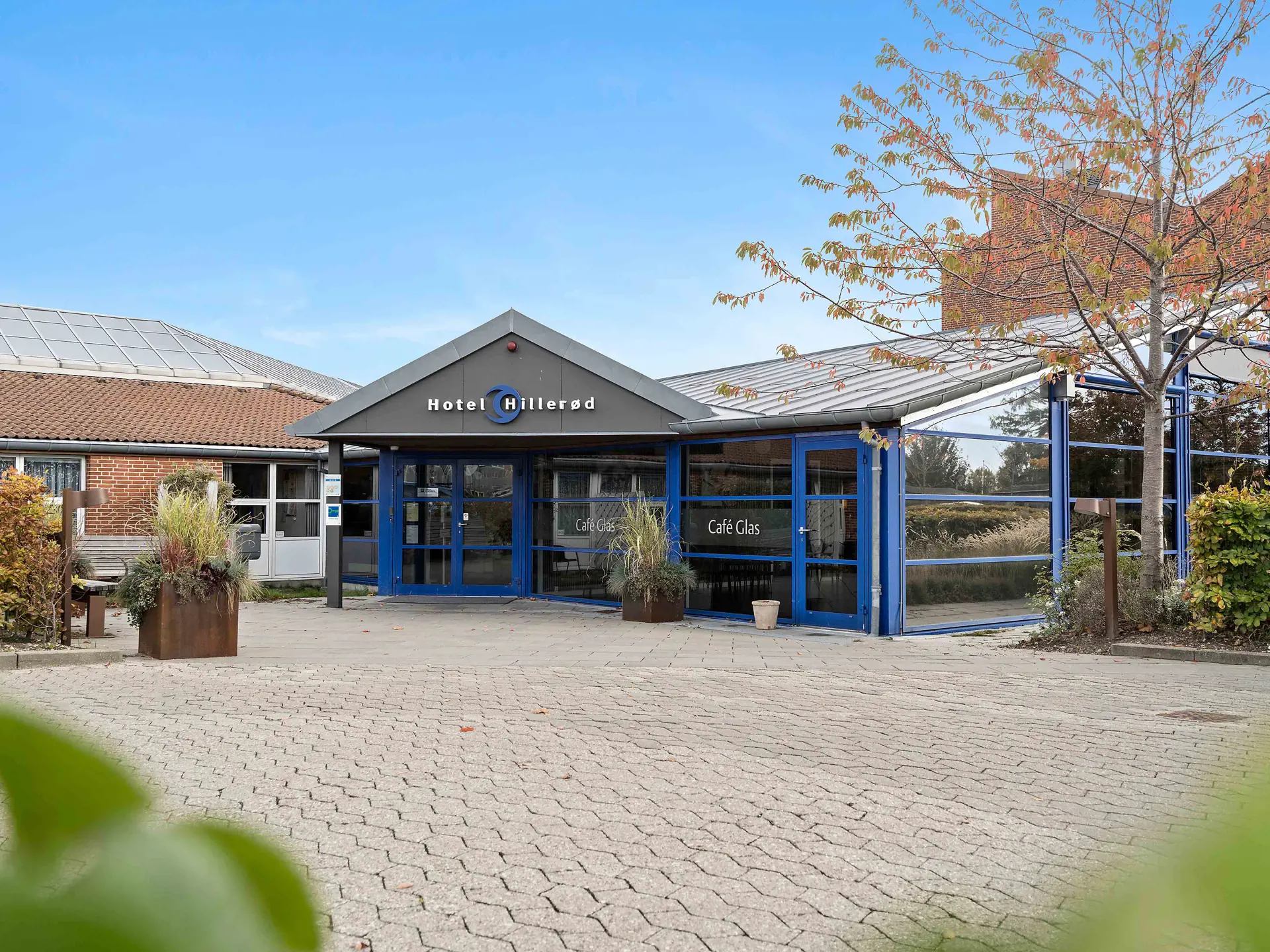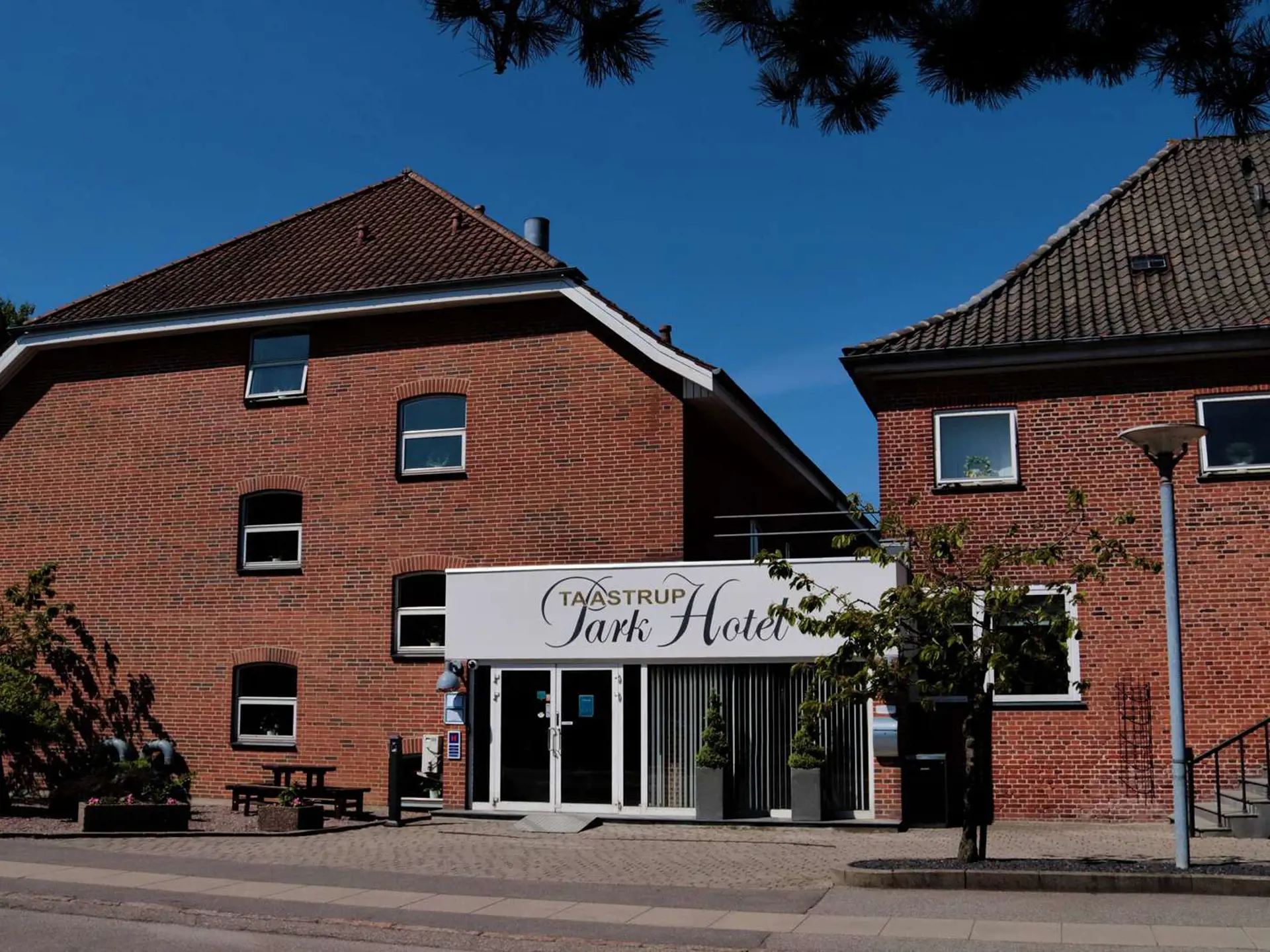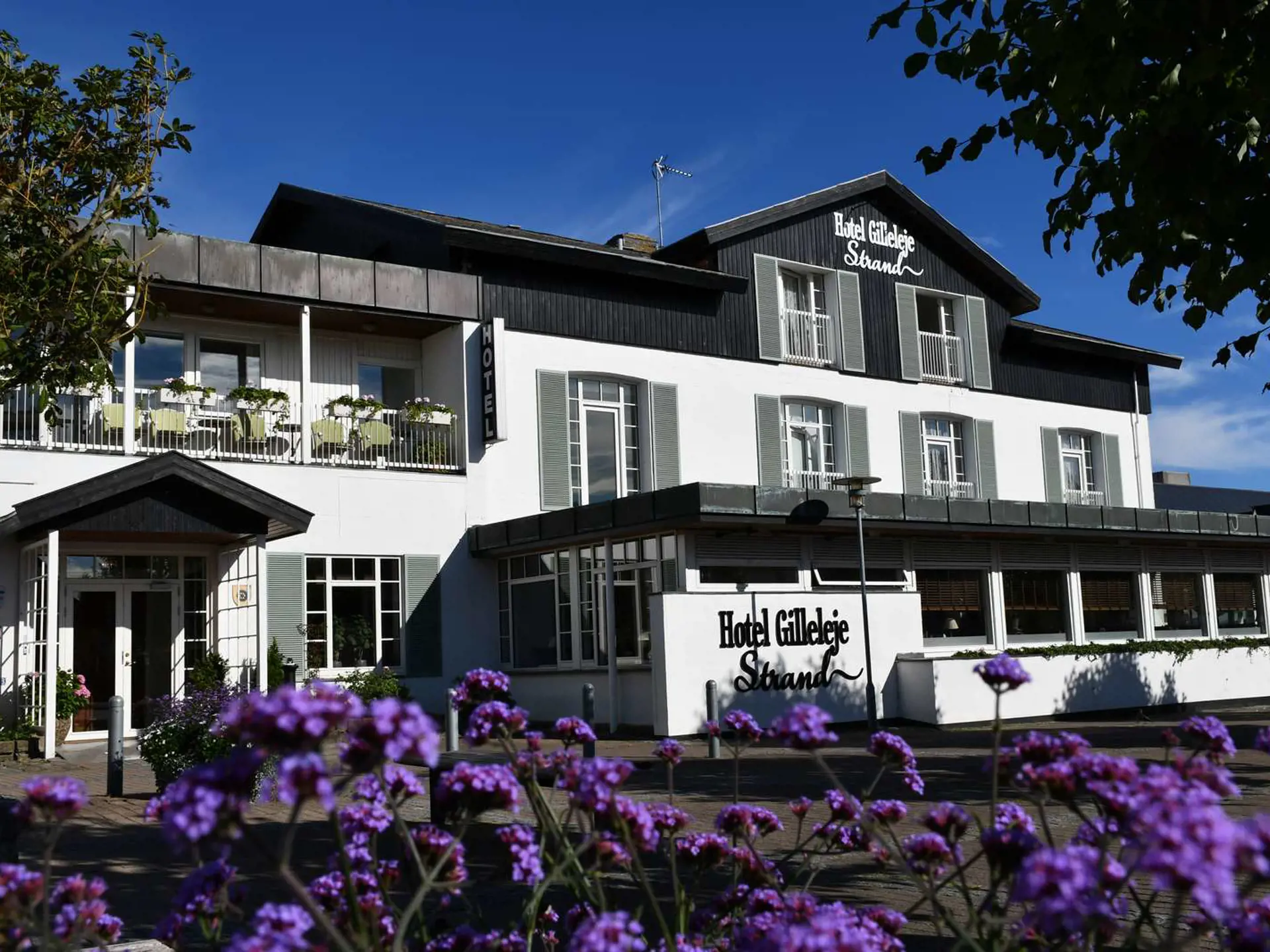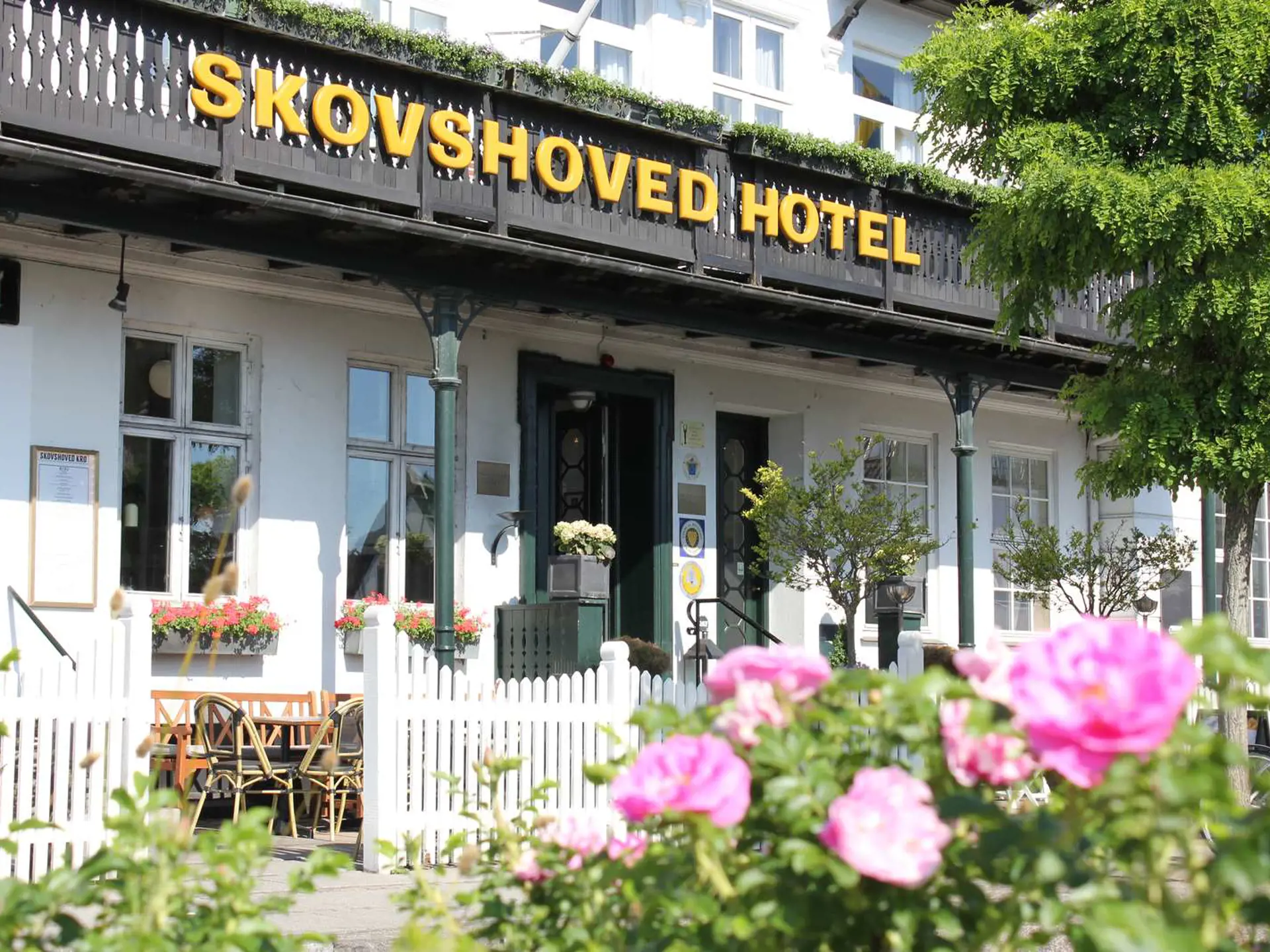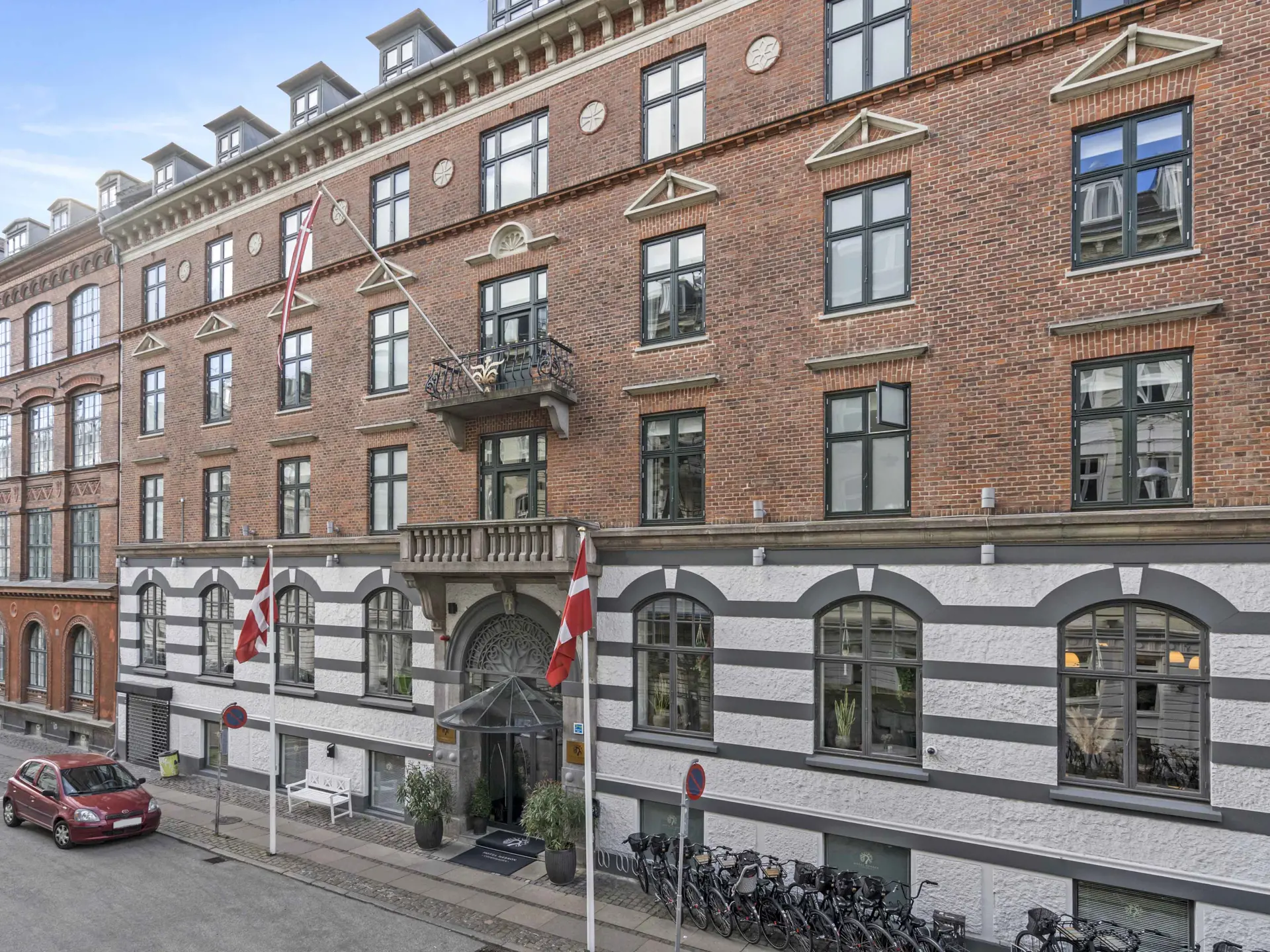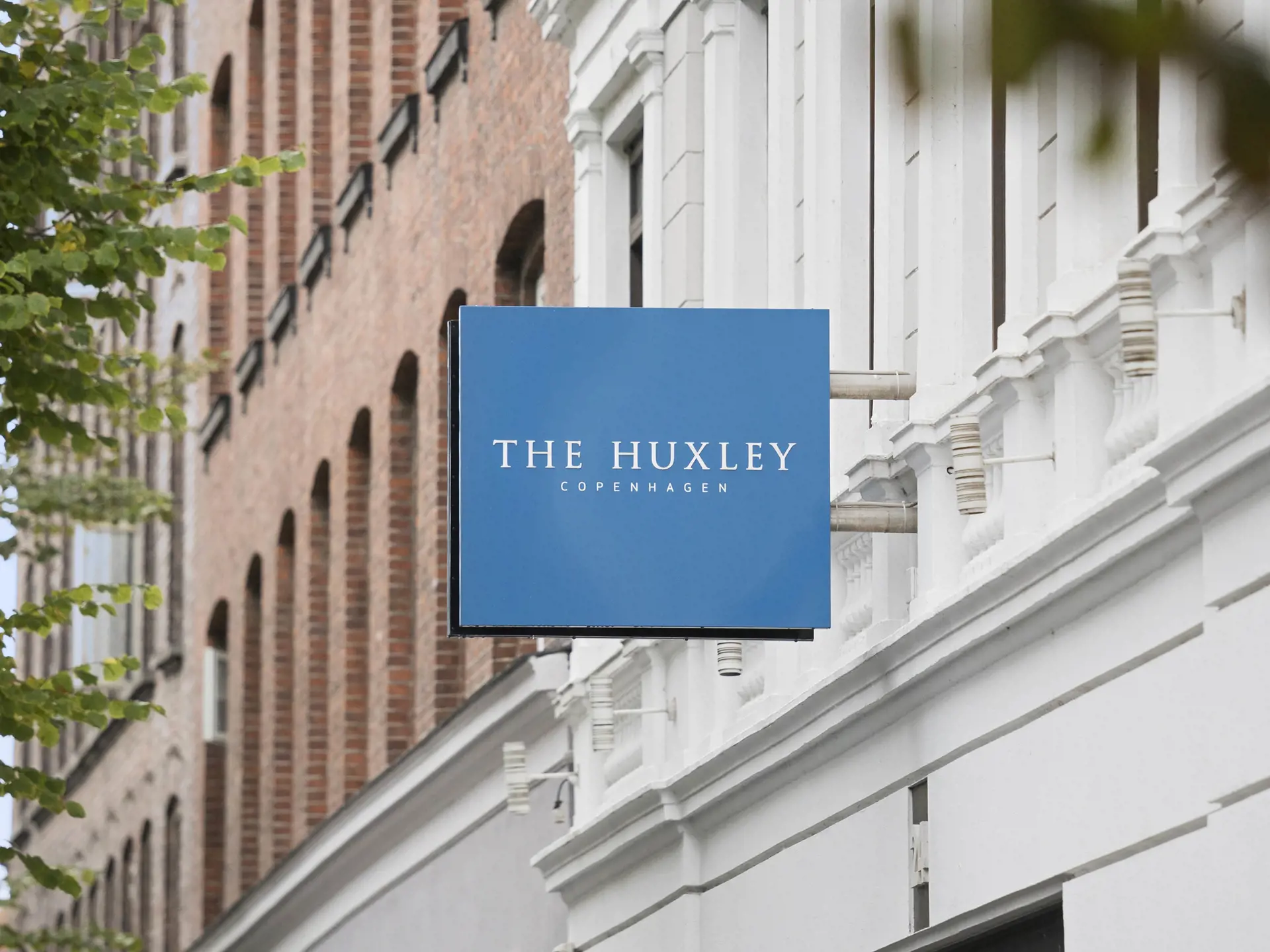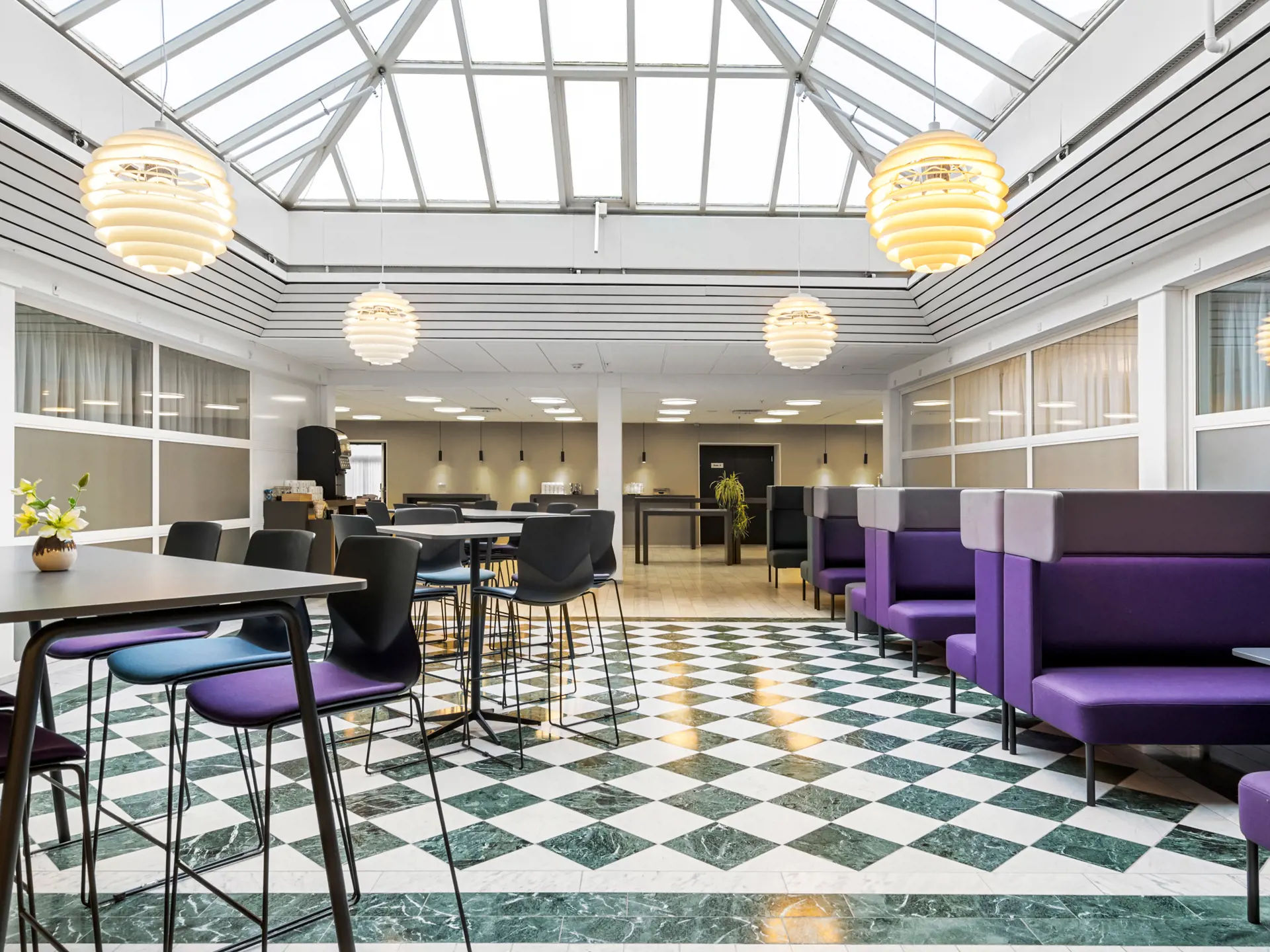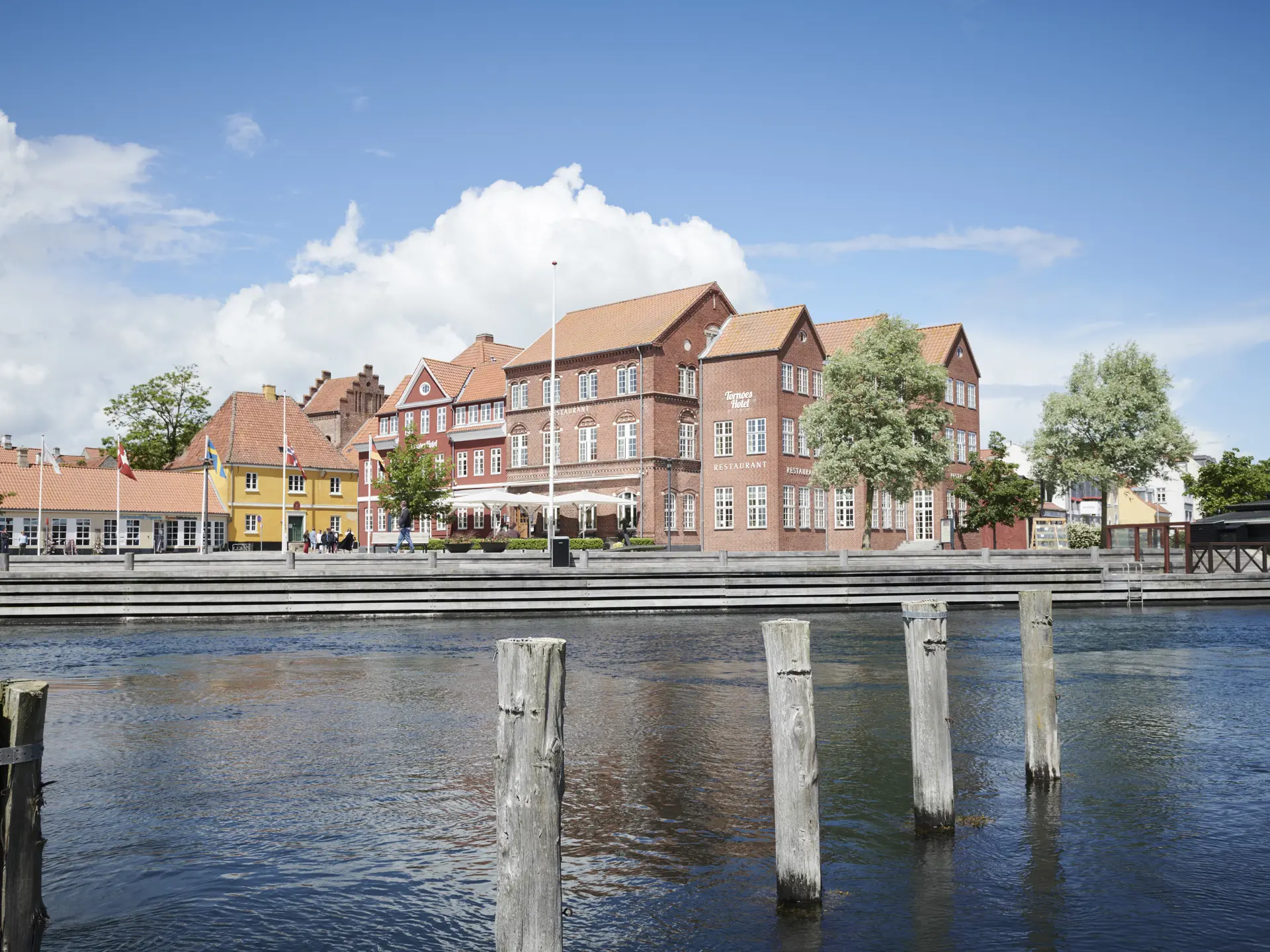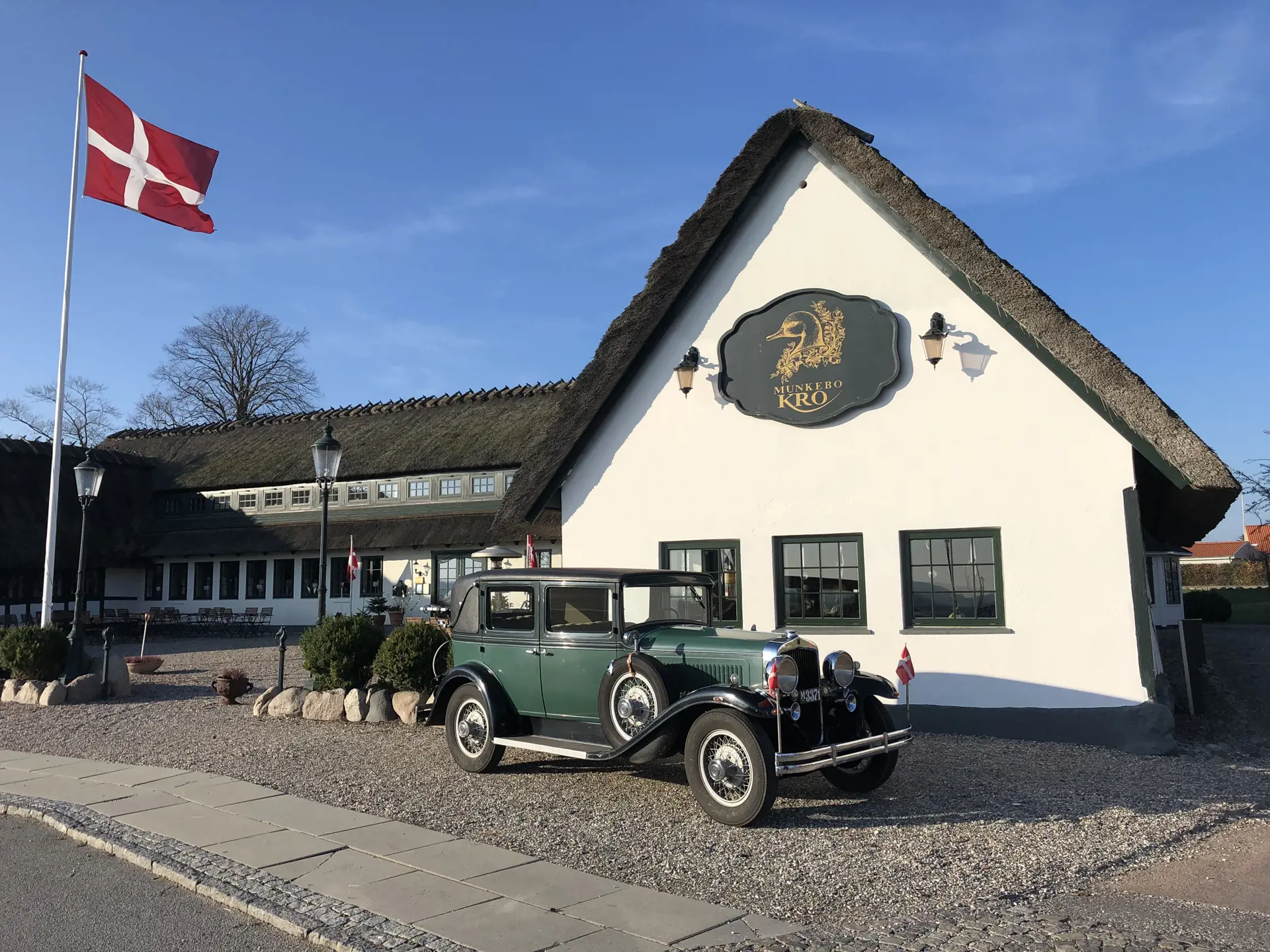The castle itself is closed until spring 2026 due to renovation.
A unique time capsule
Inside the museum, you step into the historic rooms preserved since the 1850s, when Frederik VII and Countess Danner lived at Jægerspris. The interiors reflect Countess Danner’s taste, with colourful wallpaper, wall-to-wall carpets, and upholstered furniture. The objects and personal belongings tell the story of the royal couple, the first years of Denmark’s democracy, and the fascination with new inventions of the era.
Castle park with Danner’s grave and the Memorial Grove
In the castle park you sense the presence of history – both at Countess Danner’s grave and in the Memorial Grove, established by the royal family after the downfall of the reformer Struensee in the 1770s. The grove is a sculpture park with 54 memorial stones by sculptor Johannes Wiedewelt, stretching from the castle gardens into the surrounding forest.
Countess Danner’s philanthropy
Shortly after Frederik VII’s death, Countess Danner opened an orphanage at Jægerspris Castle. In 1873, she also initiated the construction of a shelter for poor working-class women in Copenhagen, today known as the Danner House. In 2024, her charitable work for women and children was honoured with the Monument for Countess Danner by sculptor Kirsten Justesen. The museum at Jægerspris includes an exhibition about her orphanage.
Learn more about the museum and park
Planning a visit? Get 15 quick answers about Jægerspris Castle
What is Jægerspris Castle?
One of Denmark’s oldest royal castles, with a museum about Frederik VII and Countess Danner. The museum is open in summer; the park is open year-round.What is the link to Frederik VII and Countess Danner?
They lived at the castle. After the King’s death, Countess Danner established both a museum and an orphanage here. Since 1874, the estate has been owned by the Frederik VII Foundation.What was special about Frederik VII?
He was the last absolute monarch of Denmark. In 1849, he signed the Constitution, becoming the country’s first constitutional king. He is also remembered for marrying for love: in 1850, he wed Louise Rasmussen, a commoner.Why is Countess Danner important?
She was born in 1815 as the daughter of an unmarried maid but rose to become Denmark’s queen consort. As a widow, she became one of the country’s most influential benefactors, especially for poor women and children. She also trained as a ballet dancer in Copenhagen and worked in fashion in Paris before opening her own shop in Copenhagen.Where is Jægerspris Castle located?
On the Hornsherred peninsula, about 50 km northwest of Copenhagen, between Roskilde Fjord and Isefjord. For centuries it was used as a royal hunting and summer retreat.How do you get there from Copenhagen?
By car (free parking opposite the castle), or by train (S-train line C to Frederikssund) and then bus 316 or 230R to Jægerspris. From Frederikssund Station, it’s also a scenic 7.6 km bike ride along the fjord and through the forest.How do you get there from Roskilde?
About 35 km by car, crossing the Crown Princess Mary Bridge with views of Roskilde Cathedral (UNESCO). Bus 230R runs directly. Cycling is also possible via the Fjord Path (Route 40).Can you arrive by ferry?
Yes, in summer a small ferry (Columbus) runs between Kulhuse and Sølager. The crossing takes 10 minutes. From Kulhuse there is a 10 km bike path to the castle.What can you see at the museum?
Original rooms from the 1850s with colourful interiors and the couple’s personal belongings.What can you see in the park?
Countess Danner’s grave and the 18th-century Memorial Grove by Wiedewelt.What is the Royal Oak (Kongeegen)?
Northern Europe’s oldest oak tree, located in the nearby Nordskoven forest.Is it family-friendly?
Yes – the castle, park, and forest offer activities for children as well as space for exploration and play.Where can you eat?
There is no café at the castle. The park is ideal for picnics, and Denmark’s oldest ice cream stands are located just outside.Can you walk or cycle?
Yes, with hiking routes and cycle paths connecting the castle to the fjord and nearby towns.Can you bring food and dogs?
Picnics are welcome. Dogs must be kept on a lead.



